Navigating the Electoral Landscape: A Glimpse into the Upcoming State Elections in India
As India gears up for the upcoming assembly elections in five crucial states – Rajasthan, Madhya Pradesh, Chhattisgarh, Telangana, and Mizoram – the political landscape is abuzz with anticipation and speculation. Exit polls and opinion surveys have painted a picture of a closely contested race, with each party vying for dominance. Let’s delve into the expected results and emerging trends based on the latest reports and expert analyses.
Rajasthan: The incumbent Congress party faces a formidable challenge from the Bharatiya Janata Party (BJP), which has been gaining momentum in recent times. Exit polls suggest a neck-and-neck race, with a slight edge for the Congress. However, the presence of a strong third force in the form of the Aam Aadmi Party (AAP) could make the outcome even more unpredictable.
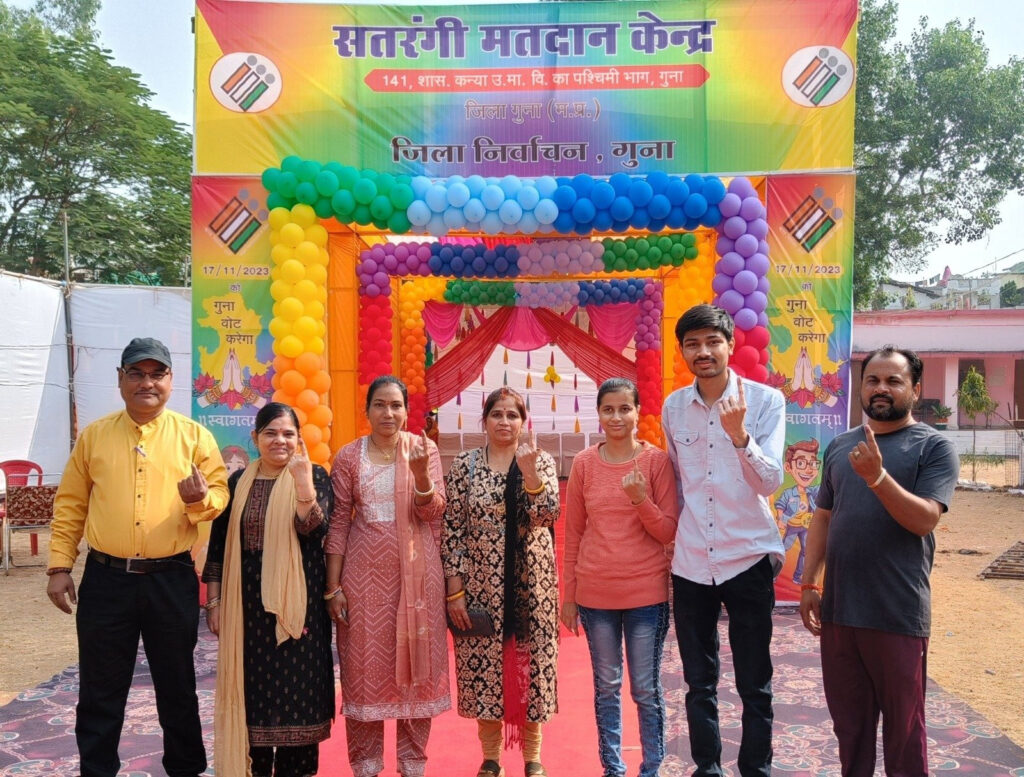
Madhya Pradesh: The BJP, currently in power, is expected to face a tough battle from the resurgent Congress. Exit polls indicate a close contest, with the BJP holding a slight advantage. The role of regional parties, such as the Bahujan Samaj Party (BSP), could also play a significant role in determining the final outcome.
Chhattisgarh: The incumbent Congress party is expected to face a stern challenge from the BJP, which is seeking to regain control of the state. Exit polls suggest a tight race, with the Congress holding a narrow lead. However, the presence of regional parties, such as the Gondwana Ganatantra Party (GGP), could influence the final outcome.
Telangana: The incumbent Bharat Rashtra Samithi (BRS), led by Chief Minister K. Chandrashekar Rao, is expected to retain power, according to most exit polls. The BJP is expected to make significant gains, but it may not be enough to unseat the BRS. The role of the Congress, though diminished, could still have an impact on the final tally.
Mizoram: The incumbent Mizo National Front (MNF) is expected to face a strong challenge from the Zoram People’s Party (ZPP). Exit polls suggest a close contest, with the MNF holding a slight advantage. However, the outcome could be swayed by the performance of third parties, such as the Congress.
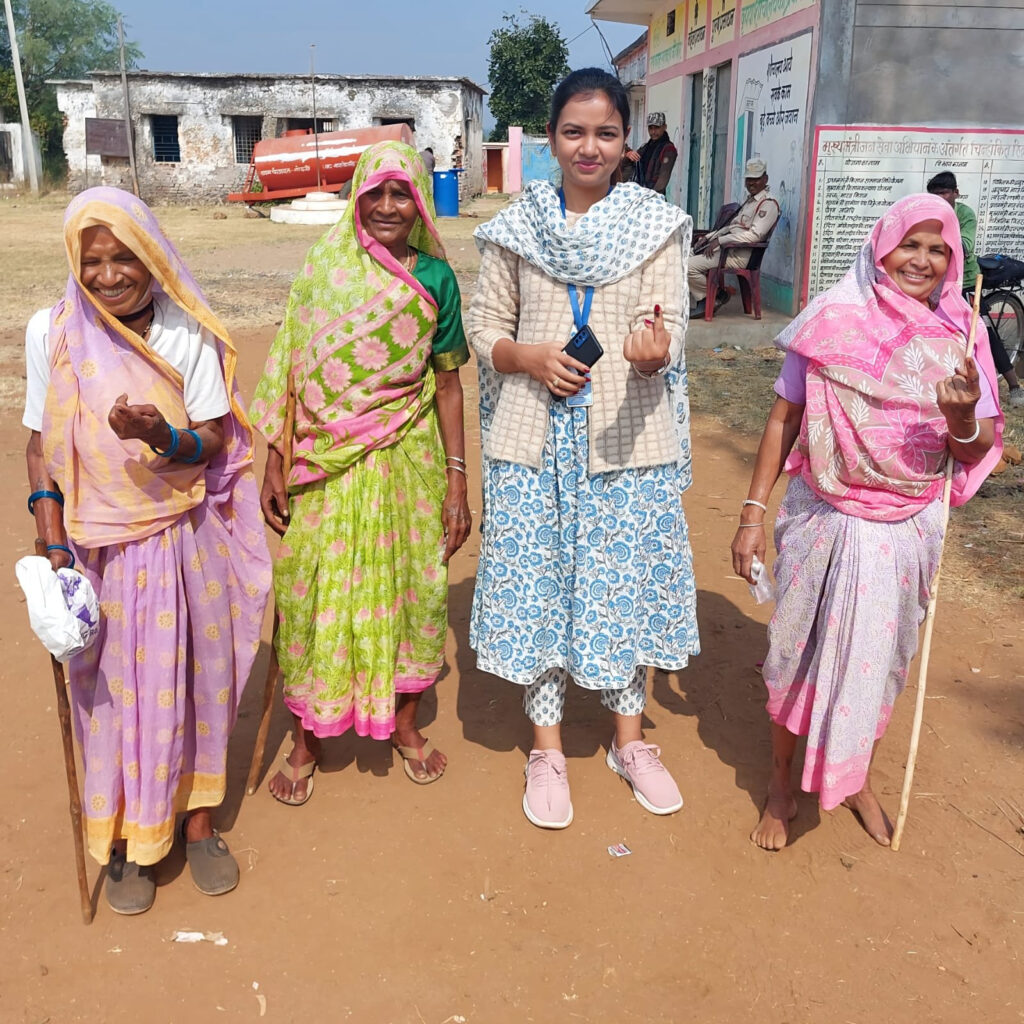
Emerging Trends:
- Incumbency Factor: While incumbency often provides an advantage, the anti-incumbency factor is also a significant consideration, particularly in states where the ruling party has been in power for an extended period.
- Rise of Regional Parties: The influence of regional parties is on the rise, and their performance could play a decisive role in determining the outcome in several states.
- National Party Dynamics: The BJP, the dominant national party, faces challenges in some states, while the Congress is looking to regain lost ground. The AAP’s growing presence could also reshape the political landscape.
- Electorate’s Mood: The overall mood of the electorate, influenced by factors such as economic conditions, social issues, and government performance, will ultimately determine the results.
As the election dates draw near, the political drama will intensify, and the battle for power will reach its crescendo. The final results will not only reshape the political landscape of these five states but also provide insights into the national political narrative ahead of the 2024 Lok Sabha elections.






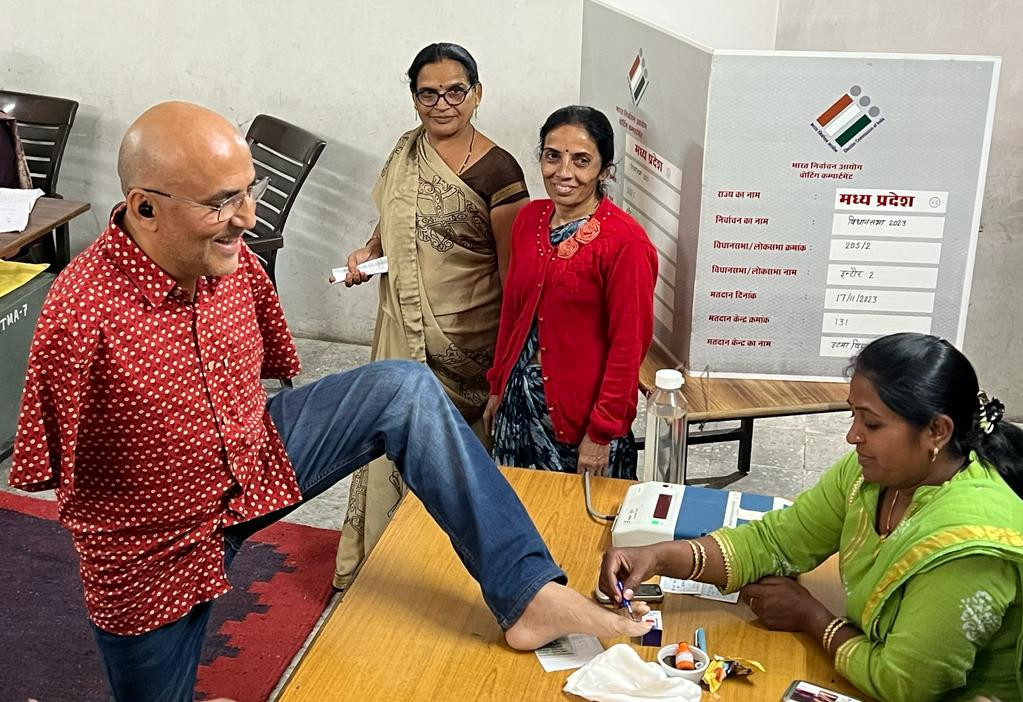
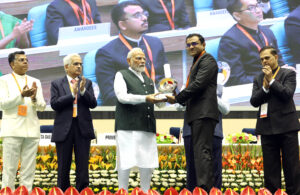
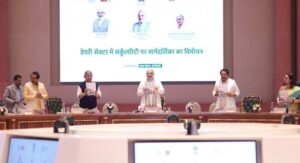
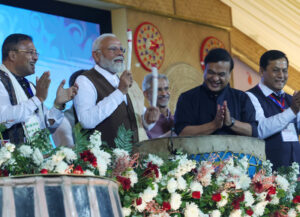

More Stories
केंद्रीय मंत्री नितिन गडकरी ने दिल्ली में 12वें सीआईआई जैव ऊर्जा शिखर सम्मेलन को संबोधित किया
मंत्री डॉ जितेंद्र सिंह ने भारत-अमेरिका बंदोबस्ती पुरस्कार प्रदान किए:
आज सावन का पहला सोमवार है। इस पवित्र दिवस पर एक महत्वपूर्ण सत्र प्रारंभ हो रहा है, और सावन के इस पहले सोमवार की मैं देशवासियों को बहुत-बहुत शुभकामनाएं देता हूं।